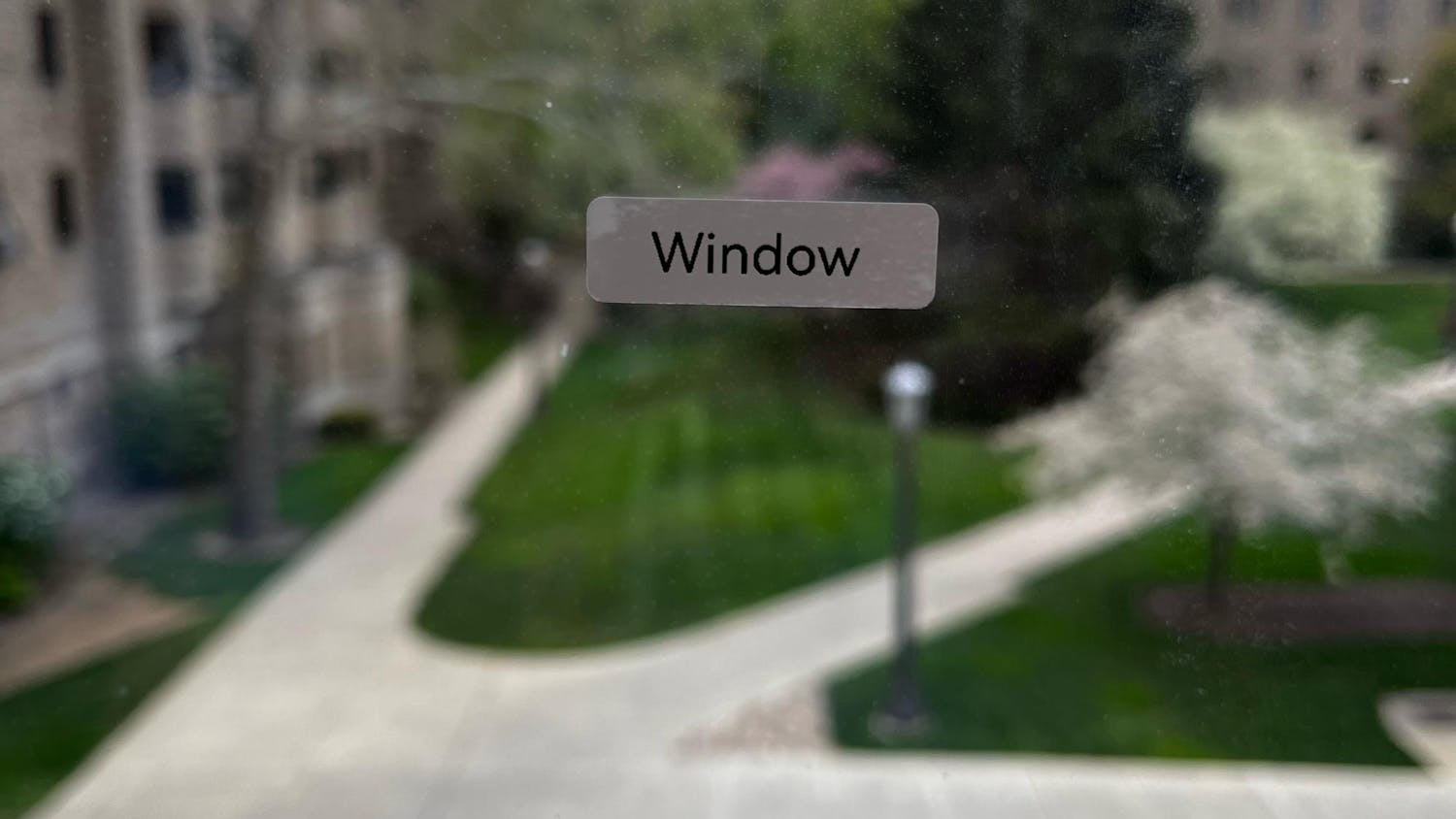“We choose to go to the Moon. We choose to go to the moon in this decade and do the other things, not because they are easy, but because they are hard.”
These are the words that President John F. Kennedy pronounced to the American people while speaking at Rice University on Sept. 12, 1962. To state at a time when there had not even been a single space docking or space walk that men would travel 240,000 miles and walk on the moon in seven years was bold. Thankfully, Kennedy had the American people behind him.
In order to carry out Kennedy’s vision, a launch site need be built to handle the Saturn V, the most powerful rocket to ever be successfully flown. That is where the dream of what is now the Kennedy Space Center Launch Complex 39 is derived from. This launch complex — or more specifically launch pad 39A — now stands with perhaps the most impressive pedigree of launches in the entire world. With 12 Saturn V launches and 80 space shuttle launches, it has even joined the national register of historic places.
After seven years of intense work and sheer bravery, Michael Collins, Buzz Aldrin and Neil Armstrong departed from 39A on July 16, 1969, rewriting history as they literally stepped humans into a new era in which man was to set foot on another celestial body.
On Feb. 19, 2017, a new chapter in the historic legacy of 39A occurred. SpaceX launched the first private rocket to orbit from this launch pad. The launch — the first since the end of the space shuttle program — was a resounding success with an additional success of autonomously returning the first stage of the rocket in typical SpaceX fashion. While the mission of resupplying the International Space Station is not extremely unique in and of itself, the ramifications of this launch are far-reaching. Now, more than ever before, it is clear that continued advancement in space will come from a combination of government and commercial entities.
There have been many questions concerning the future of this country. One thing is clear: The future of our space program looks hopeful so long as the American people believe in supporting such scientific advancement. We have to keep looking onwards and upwards, allowing humanity to do things, as Kennedy said, “not because they are easy, but because they are hard.”













